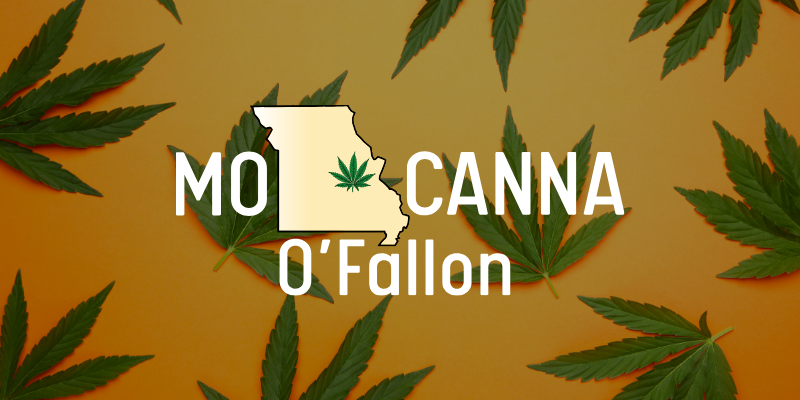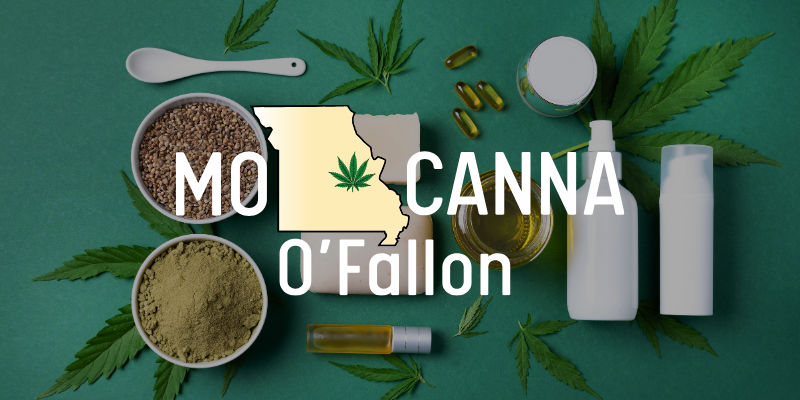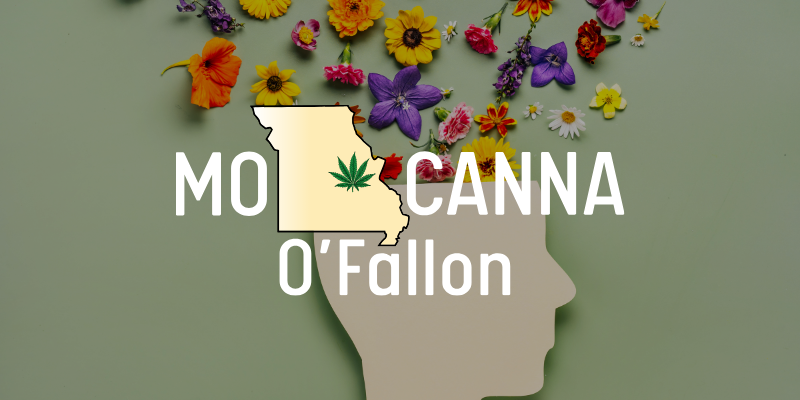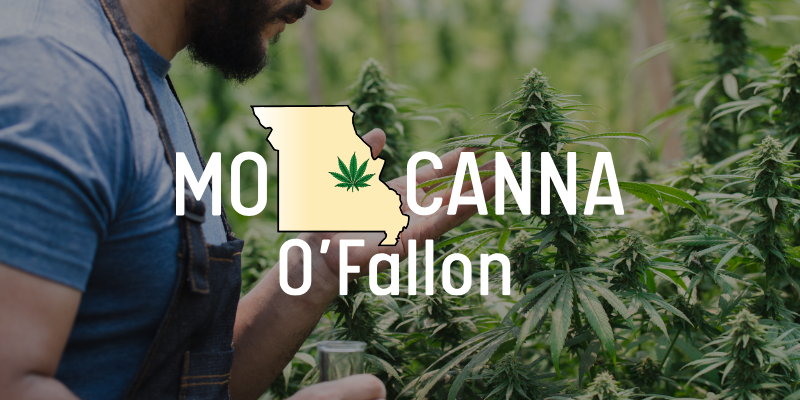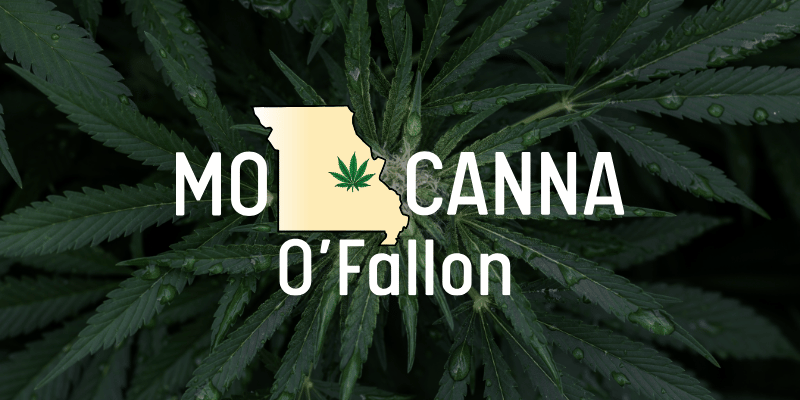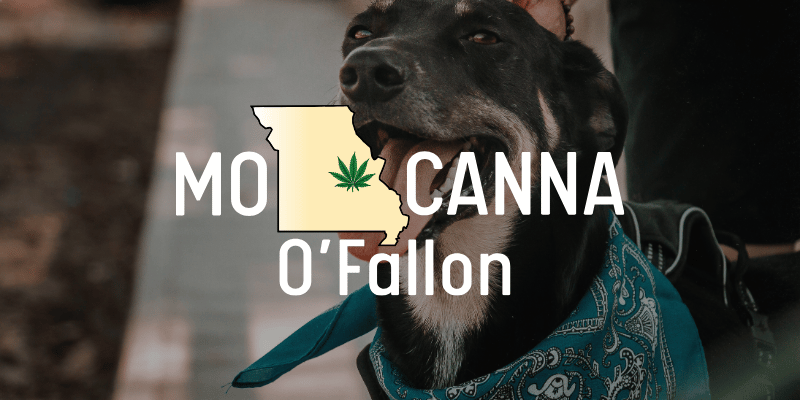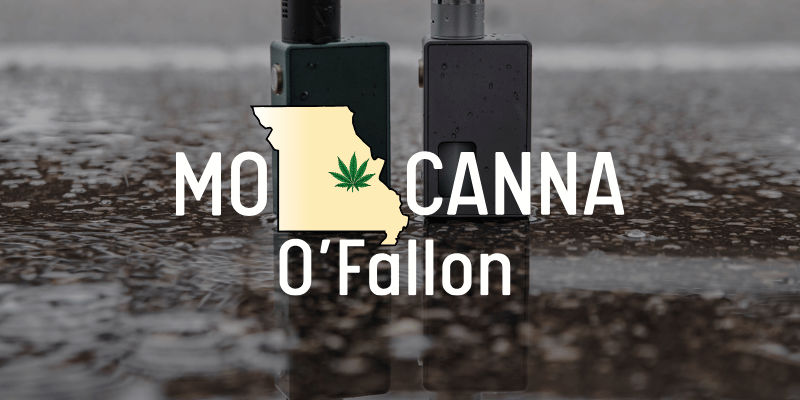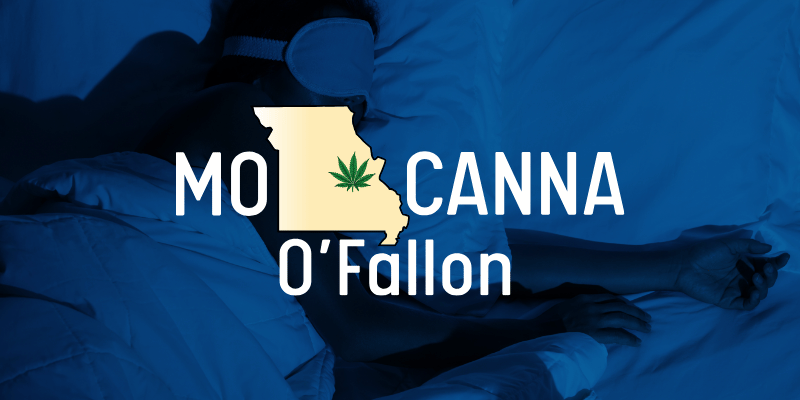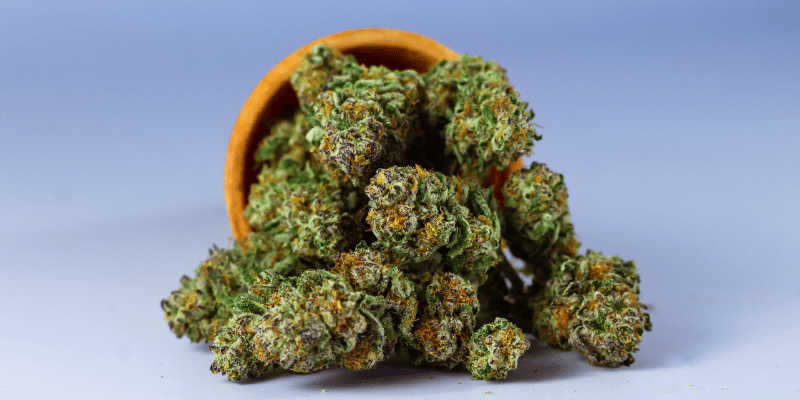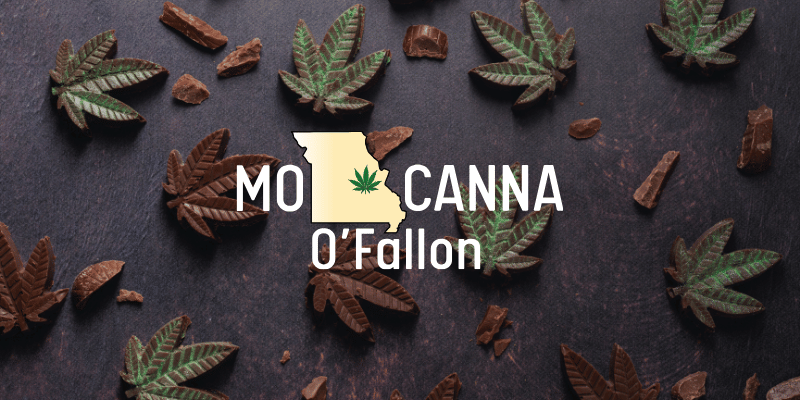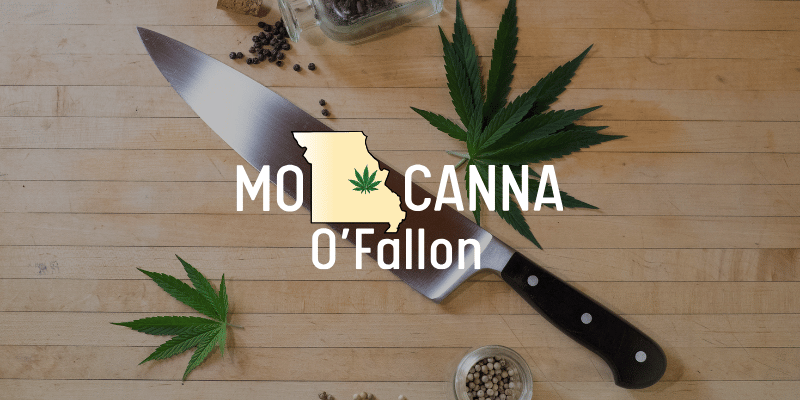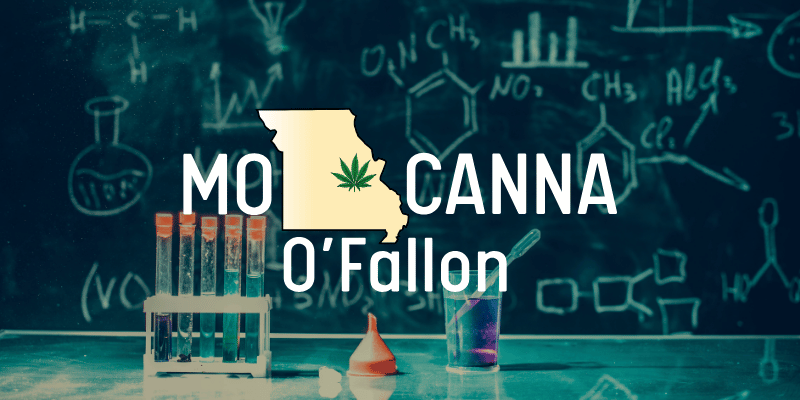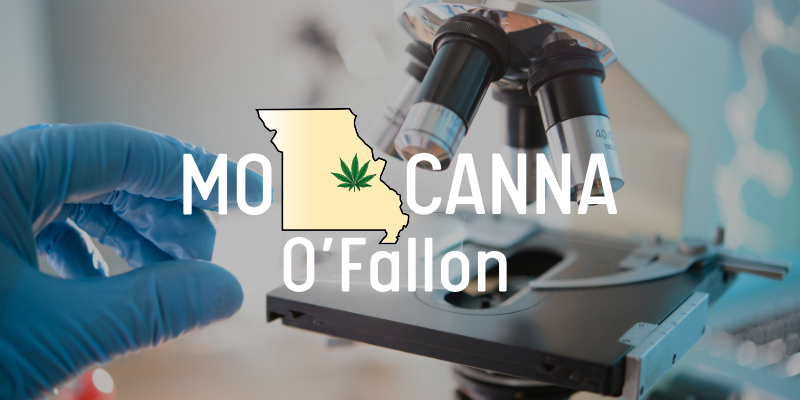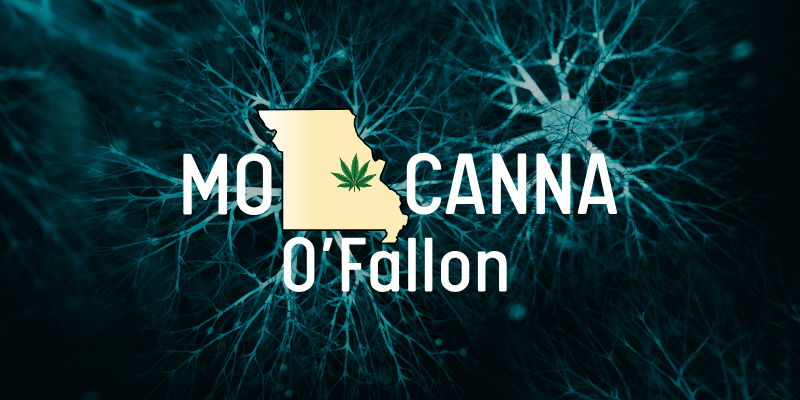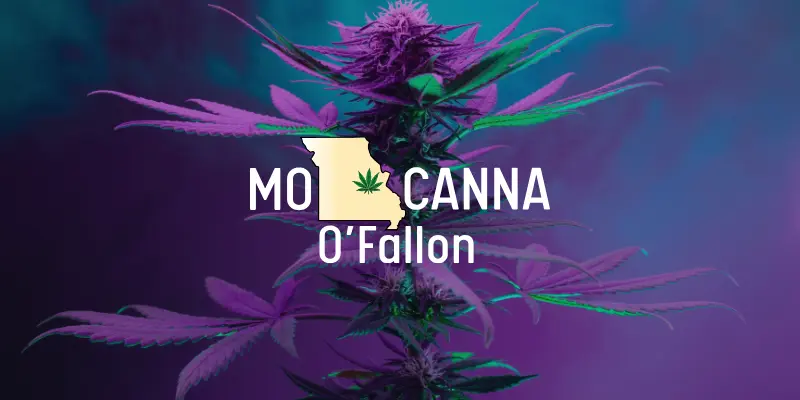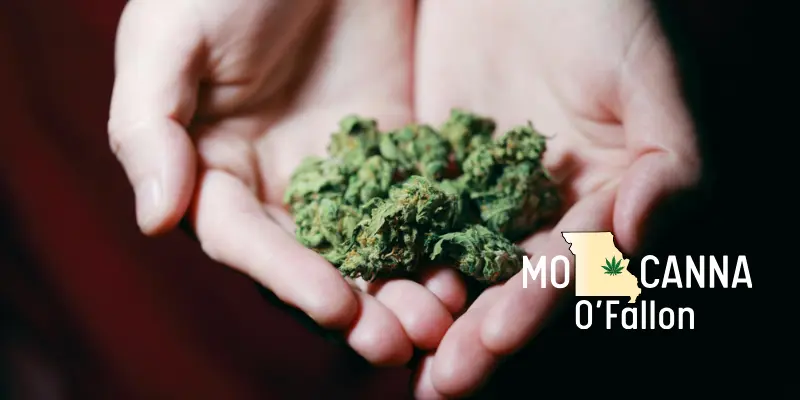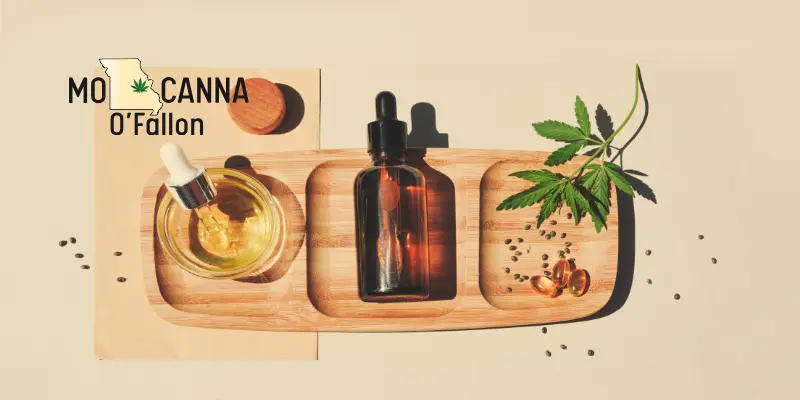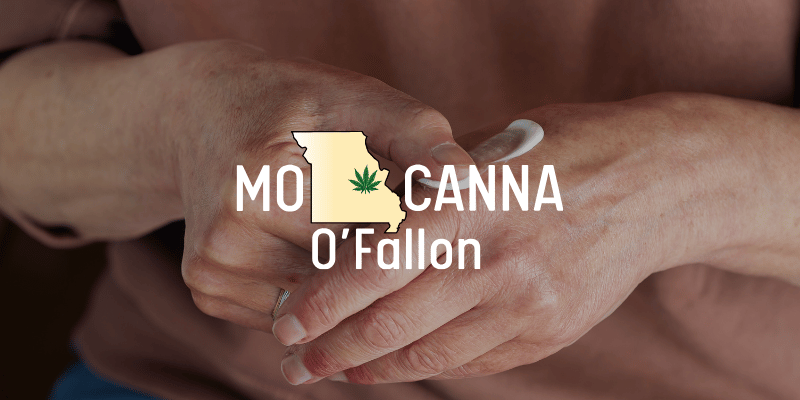
Topicals & Skincare: Unlocking Cannabis for Healthy Skin
Discover how cannabis-infused topicals can rejuvenate and nourish your skin. In this comprehensive guide, we cover how cannabinoids and terpenes interact with skin receptors, formulation basics, how to read a COA for topicals, and a DIY balm recipe. Use the bookmark links below to navigate:
- Introduction
- How Cannabis Topicals Work
- Key Ingredients & Formulation Basics
- Reading Your COA for Topicals
- DIY Cannabis-Infused Skincare Balm
- Choosing Quality Topicals
- Conclusion
Introduction
Cannabis topicals — creams, balms, salves, and serums — are growing in popularity for their targeted relief and skin-enhancing benefits. Unlike edibles or inhalables, topicals act locally and do not produce psychoactive effects. They bind to cannabinoid receptors in the skin’s endocannabinoid system (ECS), helping soothe inflammation, support barrier function, and improve overall skin health. For more on the ECS, see our Endocannabinoid System page.
How Cannabis Topicals Work
Topicals leverage the skin’s own ECS, which contains CB1 and CB2 receptors. When applied:
- Cannabinoids (THC, CBD, CBG) interact with these receptors to modulate inflammation and pain.
- Terpenes (linalool, limonene, pinene) enhance absorption and contribute complementary therapeutic effects.
- Skin Barrier Support: Many base ingredients (oils, waxes) lock in moisture and protect against environmental stressors.
This localized action makes topicals ideal for issues like eczema, acne, muscle soreness, and joint pain without systemic intoxication.
Key Ingredients & Formulation Basics
Carrier Oils & Butters
- Coconut Oil (MCT): Lightweight, antimicrobial, excellent for tincture bases.
- Shea and Cocoa Butter: Rich in fatty acids that moisturize and protect.
- Jojoba Oil: Closely mimics skin’s natural sebum, great for all skin types.
Emulsifiers & Thickeners
- Beeswax or Plant Waxes: Provide structure, slow release of actives.
- Lecithin: Improves cannabinoid dispersion in water-based creams.
Active Botanicals & Additives
- Essential Oils: (Lavender, chamomile) for soothing aroma and therapeutic synergy.
- Antioxidants: Vitamin E, rosemary extract to stabilize oils and protect skin.
Cannabinoid Extraction
- CO₂ Oil: Full-spectrum extract rich in cannabinoids and terpenes for maximum entourage effect (see Extraction Methods).
- Isolates: Pure CBD or CBG for precise dosing and minimal odor.
Reading Your COA for Topicals
A Certificate of Analysis ensures your topical is both potent and safe. Key sections to review:
- Cannabinoid Potency: Verify mg of CBD, THC, etc., per gram/milliliter.
- Terpene Profile: Look for beneficial terpenes like linalool (calming) or pinene (anti-inflammatory).
- Contaminant Testing: Ensure absence of pesticides, heavy metals, and microbial contaminants.
Access detailed testing information on our Understanding COAs page.
DIY Cannabis-Infused Skincare Balm
Ingredients
- ½ cup coconut oil (MCT)
- 2 tbsp shea butter
- 1 tbsp beeswax pellets
- 1 g decarbed cannabis flower (or equivalent CO₂ extract)
- 10 drops lavender essential oil
- 5 drops vitamin E oil
Method
- Decarb Cannabis: Bake at 220°F for 30 minutes.
- Infuse Oil: In a double boiler, combine coconut oil and cannabis. Simmer on low for 2 hours, stirring occasionally.
- Strain: Remove plant material with cheesecloth.
- Blend: Return infused oil to double boiler, add shea butter and beeswax. Melt until uniform.
- Add Actives: Remove from heat, stir in essential and vitamin E oils.
- Pour & Set: Transfer to tin; let cool at room temperature until solid.
Use on dry patches, sore joints, or as a daily moisturizer.
Choosing Quality Topicals
When selecting a commercial topical, consider:
- Full-Spectrum vs. Isolate: Full-spectrum products leverage the entourage effect; isolates suit those sensitive to THC.
- Third-Party Testing: Always verify via COA that the product meets potency and safety standards.
- Ingredient Transparency: Brands should list all botanical extracts, carrier oils, and additives.
- Sustainable Packaging: Look for recyclable tins and glass containers.
Brands that prioritize lab testing, clear labeling, and eco-friendly packaging demonstrate higher commitment to quality and transparency.
Conclusion
Cannabis topicals offer a targeted, non-intoxicating way to support skin health and soothe discomfort. By understanding ECS interactions, formulation essentials, and how to interpret COAs, you can choose or create products that deliver consistent, therapeutic benefits. For expert advice on selecting or formulating topicals tailored to your needs, reach out to us via our Contact page. We’re here to help you unlock the full potential of cannabis skincare!


